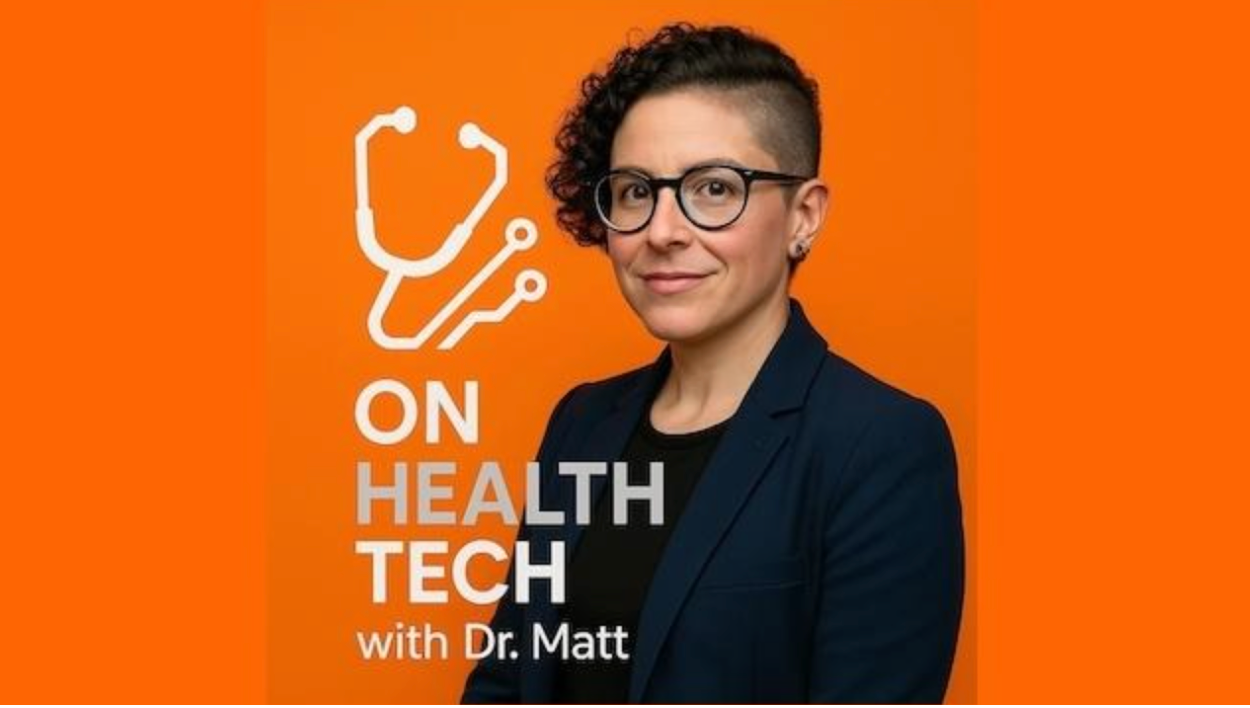Beyond Compliance: Why Trust is Health Tech's Most Critical Asset
We are in the golden age of health innovation. From AI-driven diagnostics to personalized wellness platforms, our work is fundamentally reshaping the future of care. This progress is fueled by an unprecedented flow of data. Yet, a critical vulnerability exists at the core of our industry: the growing deficit between our technological capabilities and the trust of the patients we serve.
The prevailing model of opaque data collection and secondary monetization is not just a reputational risk; it is an unsustainable business strategy. The next generation of market leaders will not be defined by the cleverness of their algorithms alone, but by the robustness of their trust architecture.
The HIPAA Paradox and the Coming Regulatory Storm: As an industry, we navigate our data strategies around HIPAA (in the US, GDPR and others around the world). We treat it as the definitive rulebook for patient privacy. But this perspective is dangerously narrow. HIPAA is a floor, not a ceiling, and it was built for a world that no longer exists. It governs covered entities, leaving a vast, unregulated ecosystem of wellness apps, wearables, and direct-to-consumer platforms in a compliance gray area. This regulatory gap is well-documented by the Department of Health and Human Services, which clarifies that data shared with many third-party apps falls outside HIPAA's protections.
This regulatory gap is closing. With state-level privacy laws like the California Consumer Privacy Act (CCPA) setting new precedents and the FTC signaling more aggressive enforcement via its Health Breach Notification Rule, the era of regulatory ambiguity is ending. Relying on a minimalist, check-the-box approach to compliance is a strategy with a rapidly expiring shelf life. The question is no longer if a stricter regulatory framework will arrive, but when. The smart play is not to wait for it, but to build for it proactively.
Deconstructing the Flawed Value Exchange: The current unspoken contract with the user is often a lopsided one. We offer a service, and in exchange, we capture data whose downstream value far exceeds the immediate benefit provided to the user. This data flows into a complex secondary market of data brokers and aggregators, a market projected to be worth hundreds of billions of dollars, fueling everything from pharmaceutical research to targeted advertising.
While the process of "de-identification" provides a layer of legal and ethical cover, we know its limitations. The increasing sophistication of analytical techniques means that re-identifying individuals from de-identified data is often possible by cross-referencing datasets. More importantly, this model creates a fundamental misalignment. When users discover how their data is being leveraged, trust is broken, often irreparably. This leads to increased churn, negative brand perception, and a user base that is increasingly unwilling to share the very data our innovations depend on. It is a house of cards.
Trust as a Competitive Moat - An Architectural Blueprint: In a crowded market, the most defensible competitive advantage is not a feature or a price point; it is trust. Companies that treat trust as a core business metric rather than a legal hurdle will attract more engaged users, command greater pricing power, and build more resilient brands. Research consistently shows that a lack of trust is a significant barrier to the adoption of digital health technologies. (Hey, my book talks all about this!) Here is a blueprint for moving beyond compliance to build a foundation of trust:
- Frame Transparency as a Brand Pillar. Your data policy should not be a document crafted by lawyers to minimize liability. It should be a manifesto, written in plain language, that your marketing team can proudly feature. Use your onboarding, UI, and communications to be radically transparent about what you collect, why you collect it, and the value it creates.
- Engineer an Equitable Value Exchange. For every data point requested, you must clearly articulate the direct, tangible benefit the user receives. Move away from implicit collection and toward explicit, granular consent. If the value exchange is strong enough, users will willingly opt in. If it is not, the problem is with your value proposition, not the user's reluctance. This is why we allllllll share our data with Google maps for example. We get immense value from up to date directions, and precise placement of where all the construction delays are. Take my data!
- Build for User-Centric Governance. Empowering the user means more than a settings page. It means building intuitive privacy dashboards, enabling effortless data portability, and providing a simple, verifiable process for data deletion. The future is user-owned health records, and the platforms that embrace this will render closed-silo competitors obsolete.
- Champion Data Stewardship. The ultimate evolution is to shift the corporate mindset from being a data processor to a data steward. This means accepting a 'fiduciary-like' responsibility to act in the best interest of your users and their data. This is not altruism; it is a long-term strategy for building enterprise value.
A Strategic Call to Action: The conversation about data needs to move from the legal department to the C-suite and the product roadmap. It is a fundamental strategic issue that will define the winners and losers of the next decade in health tech.
This week, ask these questions within your organization:
- How clearly do we articulate our data value exchange in the first 60 seconds of a new user's experience?
- Could a non-technical user read our privacy policy and feel empowered rather than confused? (cough cough, the answer today is probably no!)
- How would our business model be impacted if our users could instantly port their data to a competitor?
The future of healthcare innovation depends on a foundation of trust. It is our collective responsibility to build it.....and it's good business for the future.
#StayCrispy
-Dr. Matt
Dr. Matt believes technology can erase the borders that limit access to care. This vision is the heart of her book,
The Borderless Healthcare Revolution. Join her in building this future by visiting
drsarahmatt.com to learn more and get your copy.




